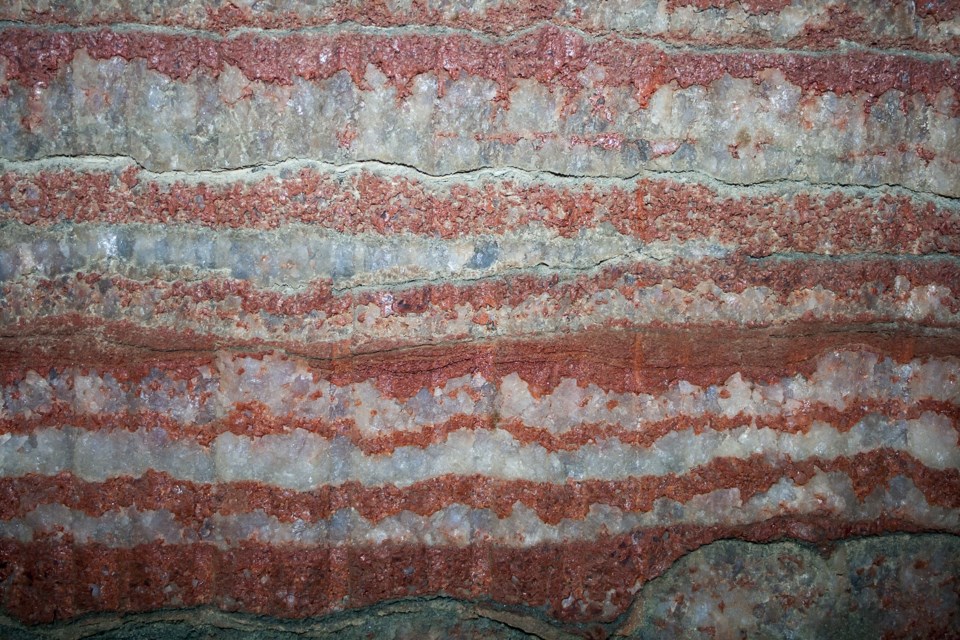JANSEN — The CEO of BHP told investors at a conference in Barcelona, Spain that his company has “over-invested” in its Jansen potash project.
“As our thinking around the project’s initial scope has evolved, I acknowledge we over-invested to date,” said Andrew Mackenzie at the Bank of America Merrill Lynch Global Metals, Mining and Steel Conference on May 14.
“However, Jansen remains an attractive option for BHP given its strategic fit, risk-return metrics and the longer-term optionality the initial investment would create.”
So far, BHP has invested around US$3.9 billion in the project. Two shafts have been developed at the site: a 1,000-metre service shaft and a 975-metre production shaft.
No final decision has been made on whether or not to move ahead with the project.
While discussing his company’s potential projects, Mackenzie classified them into four quadrants: higher risk, higher return; higher risk, lower return; lower risk, higher return; and lower risk, lower return.
“A world-class resources company should have projects in each of the four quadrants,” he told the conference.
Jansen was in the lower risk, lower return quadrant.
“Most of our current assets started life in this quadrant. These projects tend to have lower operating costs and significant capital efficient opportunities for future growth,” he said. “On the other hand, they also typically have a large initial capital cost, slower payback and possible impacts on the market, which means we must be thoughtful – and cautious – about how we proceed.”
In the appendix of Mackenzie’s presentation, it said the risks of the Jansen project include entering into a new commodity, as BHP does not own any other potash mine. The project would have a high capital cost and a long payback. There's concerns about price, as there would be operating costs of US$100 per ton of potash. It currently sells for US$265. There are also fears about oversupplying the market.
Nutrien announced May 14 that it was reducing the production of its Vanscoy mine from 2.2 million tonnes to 1.7 million tonnes, resulting a reduction of 20 staff. Nutrien said the changes aimed to make its network of potash mines competitive globally.
As for the positives of the Jansen project, BHP said it has an unrivalled position when it comes to land and that Saskatchewan is a stable jurisdiction to operate in. It can also be expanded to produce more potash in the future.




